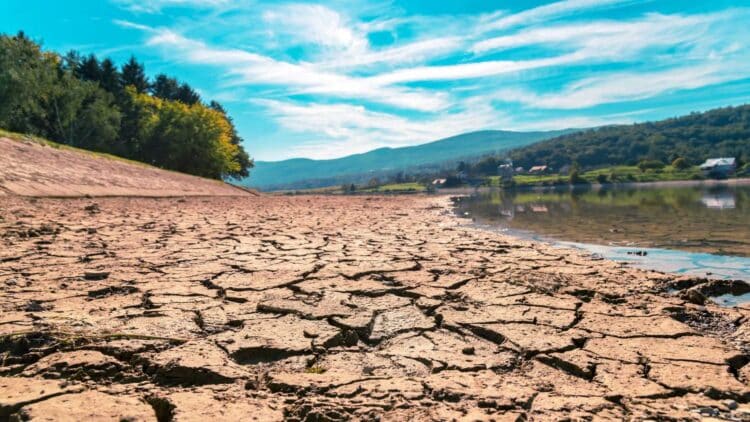The United Nations Development Programme (UNDP) and the Oxford Poverty and Human Development Initiative (OPHI) have made a notable report to uncover a new fact about poverty. Almost 8 in 10 of the world’s most extreme poor, about 887 million people, reside within regions that are highly exposed to extreme heat, flooding, drought, and air pollution. Published in run-up to Climate Summit COP30 in Brazil, the Global Multidimensional Poverty Index (MPI) delivers the evidence that the climate crisis fundamentally reshape global poverty and is not merely an environmental crisis.
“Overlapping hardships: Poverty and climate hazards”
The report stated that that approximately 1.1 billion people in 90 countries are living in extremely poor multidimensional poverty, that is, poverty that contains a lack of basic health and education, and living standards.
887 million people out of 1.1 billion are living in extreme poverty and are exposed to at least one climate hazard. This is even worse because of the 651 million people living in extreme poverty are assailed by two or more climate crisis at the same time, and of the 1.1 billion extreme poor, 309 million people have 3 or 4 climate crisis threats overlapping them. Sabrina Alkire of OPHI commented:
“This report shows where the climate crisis and poverty are notably converging. It is critical to identify the hotspots of where the planet is under severe pressure and where climate burdens are additionally encumbering people in order to design mutually reinforcing development frameworks human-centrically positioned in planet level development interventions.”
The poorest among us are the ones taking the harshest blow
Haoliang Xu, acting administrator of the UNDP stated that there was no denying the harsh climate reality such as drought, flood, heat, and pollution cycles, and there is no doubt that the poorest populations would be the most affected.
Also, the report explains that climate-related deprivations are the most hard on poor households in developing countries because of their dependence on agricultural labor and the informal sector which are vulnerable to the impacts of climate shocks and changes. Environmental shocks tend to overlap and stretch in problematic sequences and cycles, deepening the deprivations and making recovery harder and longer.
This crisis is not the same everywhere
South Asia and Sub-Saharan Africa are global hotspots. South Asia has 380 million poor people and 99.1% of its poor people are exposed to at least one climate hazard. Sub-Saharan Africa has 344 million poor people exposed to climate risks.
Among lower-middle-income countries, 568 million poor people are exposed to climate risks, and this is one of the greatest burdens.
This report contains personal testimonies, such as that of Ricardo from the Guarani indigenous community in Bolivia. He share a small house with 18 people and works in the informal sector. The absence of amenities, education, and sanitation, as well as environmental exposure demonstrate the different aspects of poverty that intertwine.
The situation is expected to worsen – The poor will suffer greatly from rising temperatures
Unfortunately, the issue is expected to worsen. The countries that are poor now will see the biggest increases in temperature by the end of the century. This increases the need for internationally coordinated climate-resilient poverty alleviation.
UNDP and OPHI request world leaders to take actions in COP30. The report states that simultaneously dealing with climate change and poverty is a necessity. It advocates for improved local capacities for adaptation, increased international finance and integrated plans that center on people and the planet.
As the world faces the profound impacts of climate change, this study highlights that the most exposed and vulnerable populations ber the initial mess. Without urgent, adaptive and inclusive reponses, the intertwined crisis of poverty and climate change will mutually reinforce each other This will increase global inequality and prospects for sustainable development.


